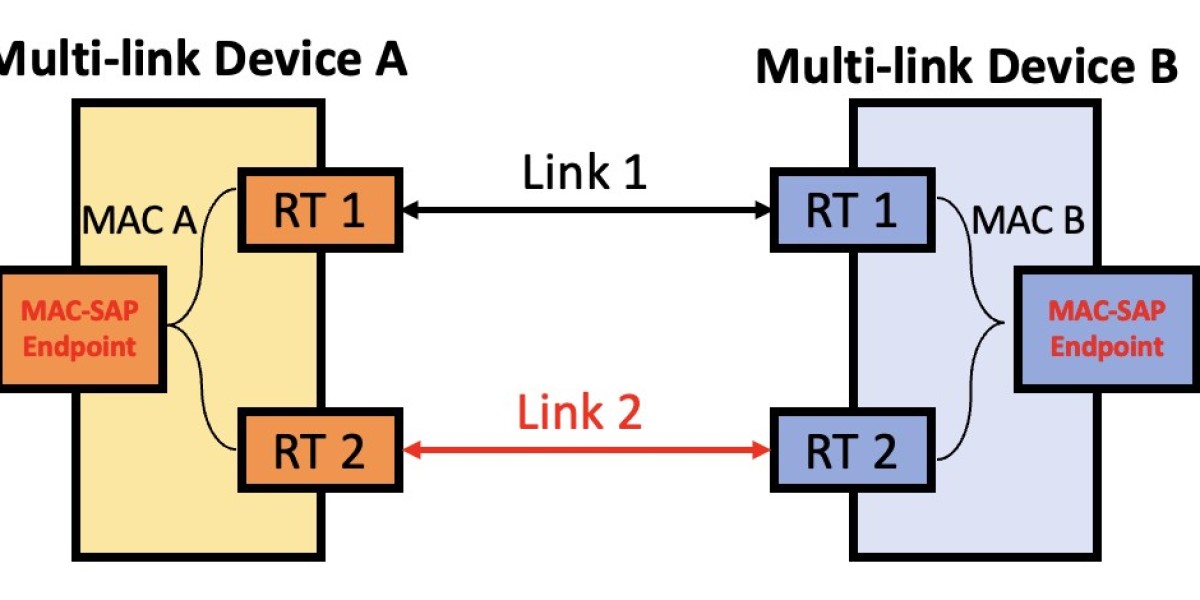Wi-Fi Protected Access (WPA) is a critical security protocol designed to protect wireless networks and ensure data integrity and confidentiality. As wireless technology has become ubiquitous in homes, businesses, and public spaces, securing these networks is paramount. WPA addresses the vulnerabilities found in earlier security protocols, providing robust protection against unauthorized access and cyber threats.
Evolution of WPA
WPA was introduced in 2003 by the Wi-Fi Alliance as a direct response to the significant weaknesses in Wired Equivalent Privacy (WEP), the original security protocol for Wi-Fi networks. WEP's vulnerabilities made it relatively easy for attackers to exploit wireless networks, necessitating a more secure solution.
Wi-Fi protected access was designed as an interim solution until the more comprehensive WPA2 could be finalized. Despite its temporary status, WPA brought significant improvements, including the introduction of Temporal Key Integrity Protocol (TKIP). TKIP dynamically changes the encryption keys used by devices, making it much harder for attackers to exploit a network.
WPA2: The Gold Standard
In 2004, WPA2 replaced WPA as the gold standard for Wi-Fi security. WPA2 introduced the Advanced Encryption Standard (AES), a more secure encryption method that is virtually impervious to brute-force attacks. AES encryption, combined with the Counter Mode with Cipher Block Chaining Message Authentication Code Protocol (CCMP), provides robust data protection and integrity.
WPA2 also introduced a stronger authentication process through the 802.1X standard, which uses the Extensible Authentication Protocol (EAP) to authenticate users and devices. This method ensures that only authorized users can access the network, further enhancing security.
WPA3: The Latest Advancement
In 2018, the Wi-Fi Alliance introduced WPA3, the latest iteration of Wi-Fi Protected Access, designed to address the growing complexity of cyber threats and the limitations of WPA2. WPA3 offers several enhancements over its predecessor:
Enhanced Protection for Public Networks: WPA3 introduces Opportunistic Wireless Encryption (OWE), which provides individualized data encryption for users on open networks, making it more difficult for attackers to eavesdrop on wireless communications.
Stronger Encryption: WPA3 uses 192-bit encryption in Enterprise mode, providing a higher level of security for sensitive data transmissions.
Simplified Security for Devices: The protocol includes a feature called Wi-Fi Easy Connect, which simplifies the process of connecting IoT devices to Wi-Fi networks securely, addressing the challenges posed by the proliferation of smart devices.
Protection Against Brute-Force Attacks: WPA3 provides robust protection against offline dictionary attacks through a new key exchange protocol known as Simultaneous Authentication of Equals (SAE). SAE replaces the Pre-Shared Key (PSK) method used in WPA2, making it more resistant to brute-force attacks.
Importance of WPA in Today's Digital Landscape
As the number of connected devices continues to grow, securing wireless networks is more critical than ever. WPA protocols ensure that data transmitted over Wi-Fi networks is encrypted and secure, protecting against unauthorized access and data breaches.
For businesses, using the latest WPA standard is essential to safeguard sensitive information, comply with regulatory requirements, and maintain customer trust. For individuals, WPA ensures that personal data, such as financial information and private communications, remains confidential.
Conclusion
Wi-Fi Protected Access (WPA) has evolved significantly since its inception, continuously enhancing wireless security to keep pace with emerging threats. From the introduction of WPA with TKIP to the advanced encryption and authentication features of WPA2 and WPA3, each iteration has provided stronger, more reliable protection for wireless networks. As cyber threats evolve, adopting the latest WPA standard is crucial for maintaining the security and integrity of wireless communications in both personal and professional settings.
For more info. visit us:









